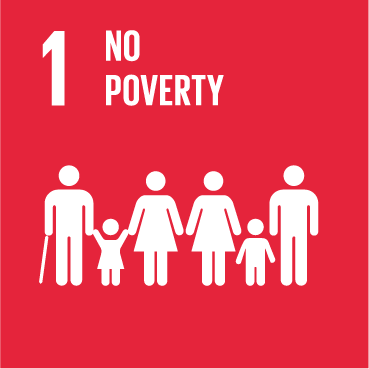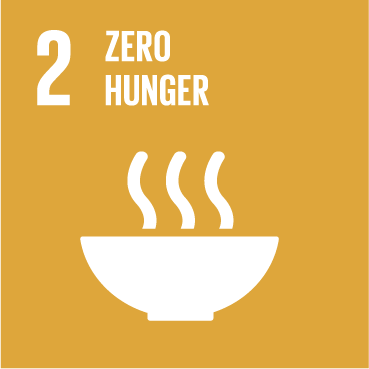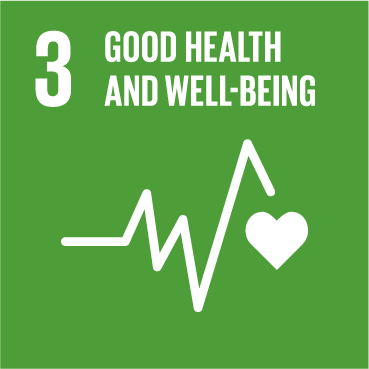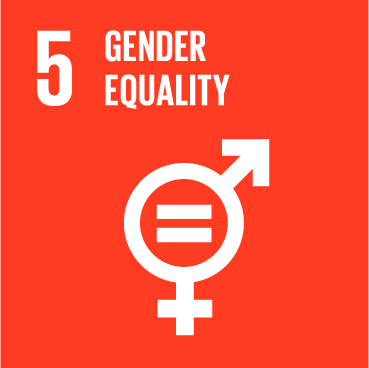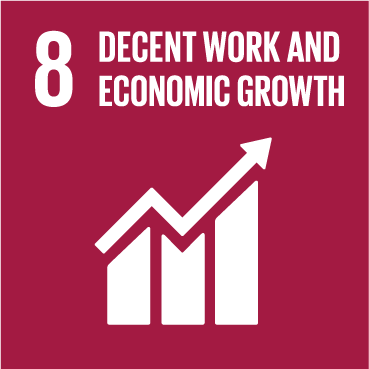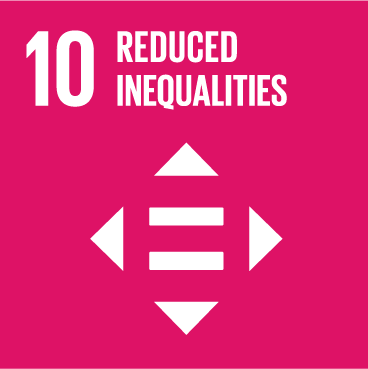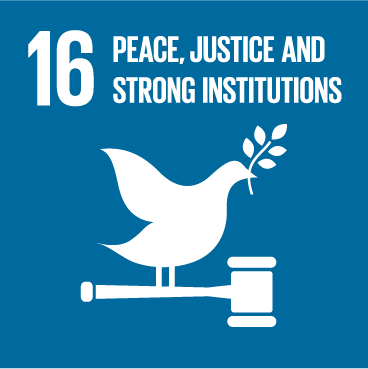The reintroduction to the social relief of distress grant. Does that solve our poverty, inequality issues in SA?
Isobel Frye, Director of the Studies in Poverty and Inequality Institute dissects the newly implemented Social Relief of Distress grant and what it is capable of doing for the nation’s poverty, inequality and unemployment margins.
The Social Relief of Distress grant is not enough for the young people in our nation to construct a decent standard of living, with the grant in place, people are still suffering. R350 is easily either enough to feed a small family of two or enough for a meal out for one day.
Our economy has been in a recession for the past 5 years, jobs have become scarce and free funds to support local businesses end up tied with the basic needs that people have on a month-to-month basis.
“We need to be a lot more honest with the tools that we have for analysis.” Isobel outlines, the amount of money being distributed is capable of assisting people live a more dignified life, but at a smaller percentage than if it had been a Basic Income Grant of R1268.
The SRD is a response in which you throw money at a problem in hopes that it will disappear, when the fact of the matter is that it’s not enough, R350 is 60% of the world poverty line.
Isobel explains that money flows down from the state to people’s mouths, with the Social Relief of Distress Grant. There is only enough to finance food in most households, let alone enough to generate a living income off of. There have been cases where small businesses were born through the SRD funds.
Our concern as an institute is that the policies don’t seem to be located in reality, our policy should aim to improve the lives of all.
“You have to have the correct ingredients to make the cake, the SRD grant is not enough to build people out of poverty. “
Source: SAfm




